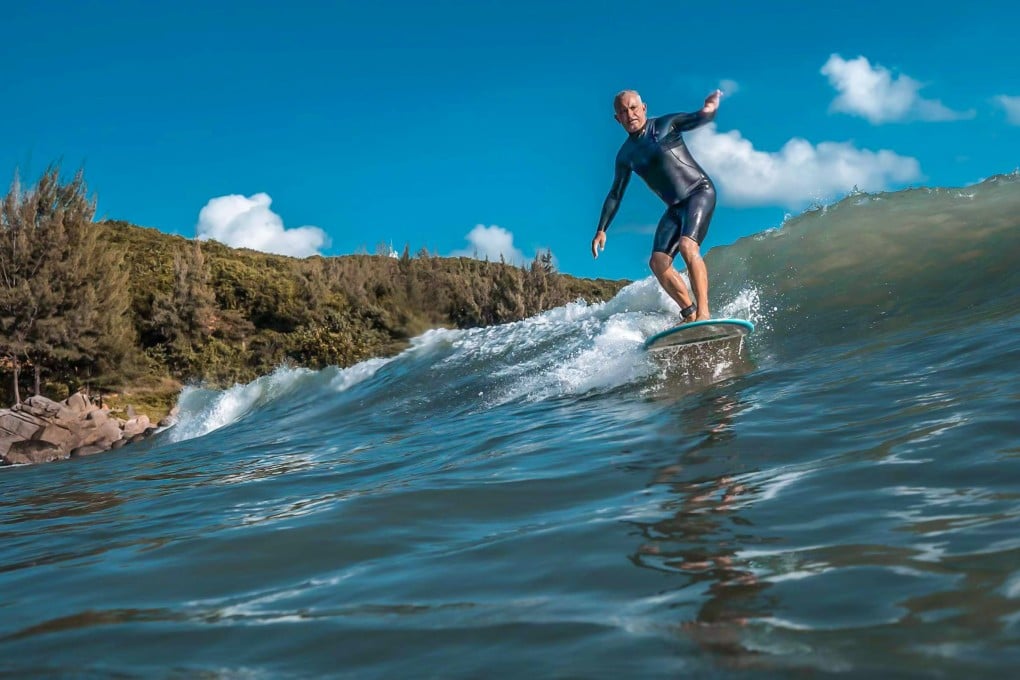Were Chinese monks the original surfer dudes? How this Italian coach discovered the sport’s Chinese roots at a Kunming temple
- Over on Hainan Island, Italian Nik Zanella is hanging 10 and coaching China’s next generation of Olympic surfing hopefuls – and it all started with a monk riding a mythical fish

But the Italian had failed to unearth any significant visual evidence until, by chance, he came across a mural at Qiongzhu temple in landlocked Kunming, Yunnan province, back in 2006. Right before Zanella’s disbelieving eyes was a scene depicting a rather jolly figure, draped in garish ceremonial robes, riding a mythical fish, arms splayed out for balance and stability – a monk poised in a kind of classic Hawaiian surfer-dude stance.
As a lifelong practitioner of the sport, Zanella realised the monk’s broad grin suggested a state of sporting nirvana, and seemed to validate the theory that surfing, however unlikely, had roots in the Middle Kingdom. The intrigued visitor went in search of the Qiongzhu temple abbot, who was initially more concerned about greeting busloads of potentially revenue-generating tourists, but reluctantly agreed to take a closer look.
“The abbot didn’t know what I was talking about,” recalls Zanella. “He didn’t get why I was talking about surfing, but he was mesmerised by a Westerner asking weird questions. I physically had to drag him in front of the mural and ask him, ‘What is that guy doing?’ Then he realised it was surfing, as he had seen it on television, and said in China it was not called surfing, it was called nong chao er, which translates as ‘children of the tide.’”


